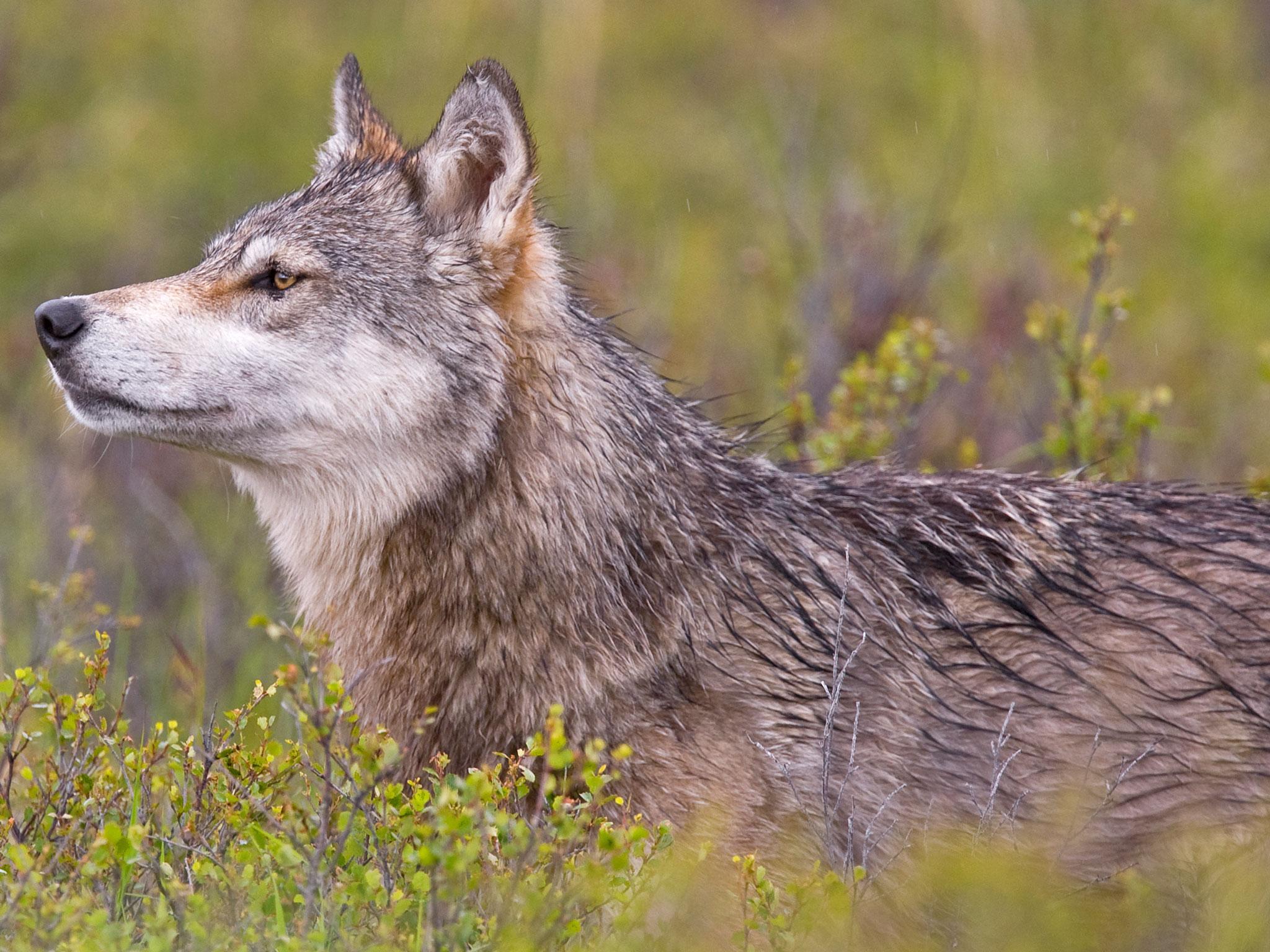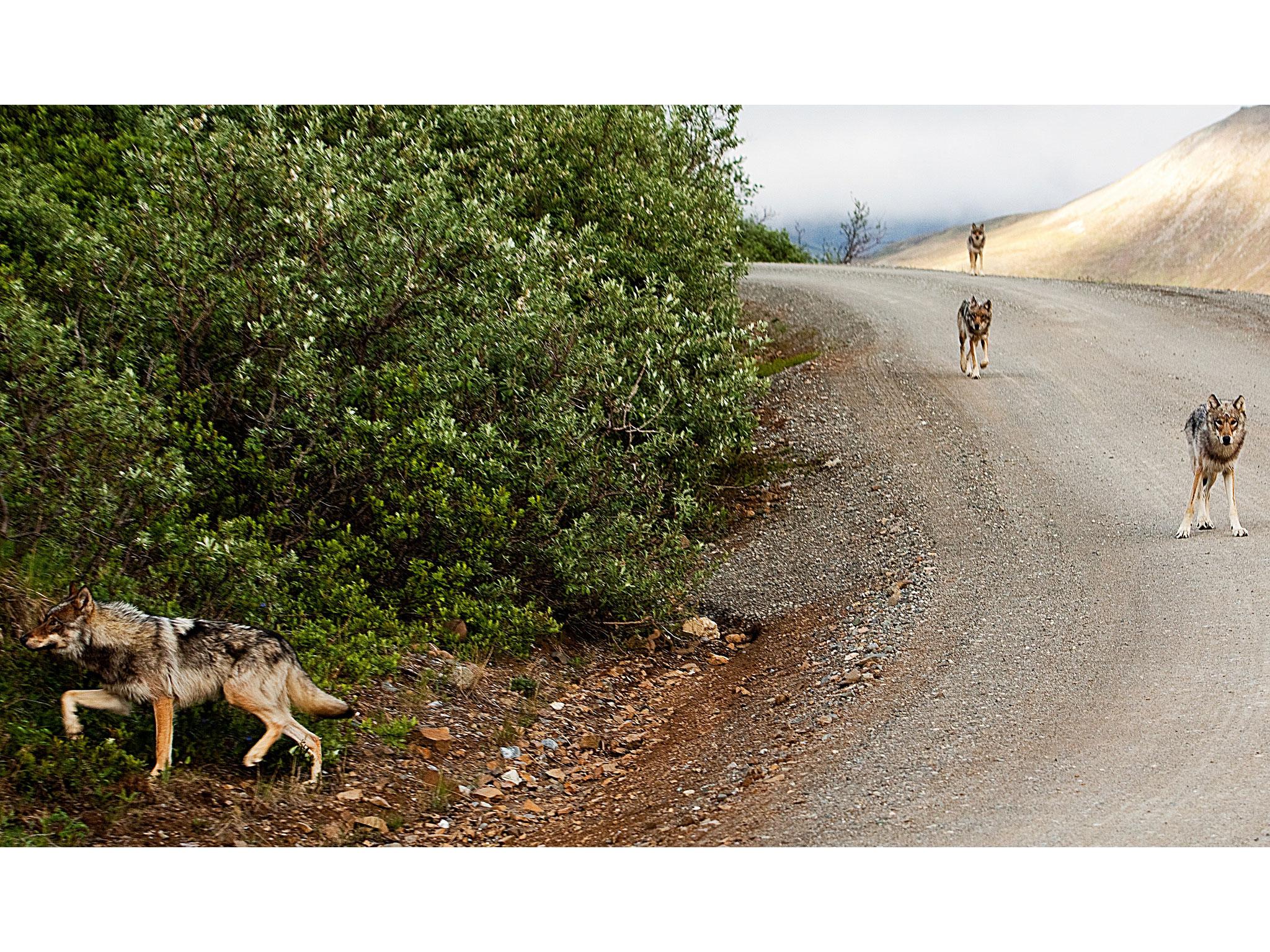Beloved Alaskan wolf pack feared dead due to hunting
Wildlife officials have not been able to locate the remaining three members of the East Fork Pack

Your support helps us to tell the story
From reproductive rights to climate change to Big Tech, The Independent is on the ground when the story is developing. Whether it's investigating the financials of Elon Musk's pro-Trump PAC or producing our latest documentary, 'The A Word', which shines a light on the American women fighting for reproductive rights, we know how important it is to parse out the facts from the messaging.
At such a critical moment in US history, we need reporters on the ground. Your donation allows us to keep sending journalists to speak to both sides of the story.
The Independent is trusted by Americans across the entire political spectrum. And unlike many other quality news outlets, we choose not to lock Americans out of our reporting and analysis with paywalls. We believe quality journalism should be available to everyone, paid for by those who can afford it.
Your support makes all the difference.They were one of America’s most loved wolfpacks, studied by scientists and photographed by tourists visiting Denali National Park in Alaska.
But its last male was killed by a hunter earlier this year and now researchers say they cannot find the remaining mother and cubs.
Alaskan wildlife officials fear they are the victims of weakened protection from hunters, who eventually killed them off.
The remaining members of a well-known wolfpack, beloved amongst Alaska’s tourists and locals, are feared dead – possibly bringing the a pack that dates back to the early half of the 20th century to an end.
Alaskan wildlife officials believe a mother and her two cubs were the last three survivors of the East Fork Pack, that had as many as 14 only two years ago. After the final radio-collared male was killed by a hunter in May, the chances for their survival reduced significantly.

The East Fork wolves (or the Toklats) had been studied since the 1939, making them the longest observed family of mammals in history. Biologist Adolph Murie first observed the animals and followed them for two years, documenting their lives, hunting habits, and also monitoring the moose and other wildlife upon which they preyed.
He published his book The Wolves of Mount McKinley in 1944, which detailed his observations of the storied pack.
Since their discovery, the East Fork wolves became the most photographed pack of wolves, usually spotted at the entrance of the Denali National Park.
While the wolves’ fate has yet to be confirmed, but researchers think their chances are slim.
“I think it is likely the pups are already dead and the mother is long gone, but I hope I am wrong,” Anchorage biologist and wolf activist Rick Steiner told Alaska Dispatch News in June. “The only way to really know is to get to the den on the ground, which I am pressing the state to do.”
But in their search for the pack, the den was found overgrown with weeds and reclaimed by a family of porcupines.
Alaska’s controversial policy that allows hunters to kill wolves in state wildlife refuges has contributed to the sharp decline in the wolf population in the park. This spring, 49 wolves were known to live in the park, according to wildlife officials – only three more than the record low population of 46 recorded in 1986.
Between 2013 and 2014, the East Fork pack flourished from nine to 17 members. In the subsequent two years, while some died from natural causes, 75 per cent of the wolves killed were the result of human trapping and hunting.
As a result, the US Fish and Wildlife Service issued a ban on hunting predators in the 16 wildlife refuges in Alaska, “unless based on sound science and in response to a conservation concern”.
The ban comes in response to the Alaska Board of Game’s removal and loosening of regulation when it comes to predator hunting.
Over the years, the board has allowed for hunters to shoot wolves and bears while flying over refuges, as well as the shooting of wolves and their pups inside their dens.
The board removed buffer zones surrounding the Denali, which had existed to protect wolves that wandered outside the safe confines of the park. The East Fork wolf killed in May was found in an area that would have fallen under that protection.
“Over the past several years, the Alaska Board of Game has unleashed a withering attack on bears and wolves that is wholly odds with America’s long tradition of ethical, sportsmanlike, fair-chase hunting,” Fish and Wildlife director Dan Ashe wrote in a column published to The Huffington Post this month.
“[T]here comes a time when the US Fish & Wildlife Service must stand up for the authorities and principles that underpin our work and say ‘no’.”
Although their chances seem dire, all hope is not lost for the missing members of the East Fork Pack.
“Although it is unfortunate to lose track of this long-tenured and well followed pack,” Denali National Park officials wrote, “it should be noted that the potential loss of this pack does not mean the loss of the lineage of these wolves.”
Join our commenting forum
Join thought-provoking conversations, follow other Independent readers and see their replies
Comments